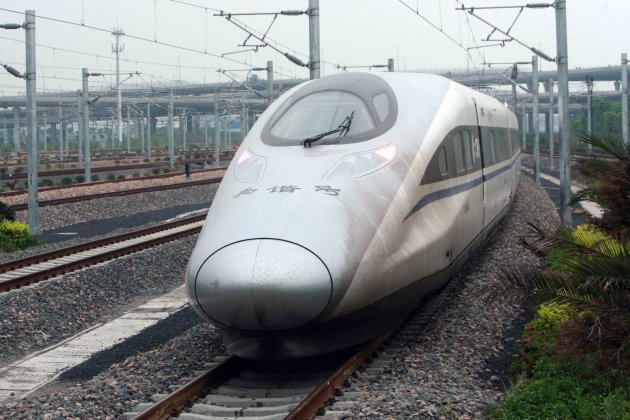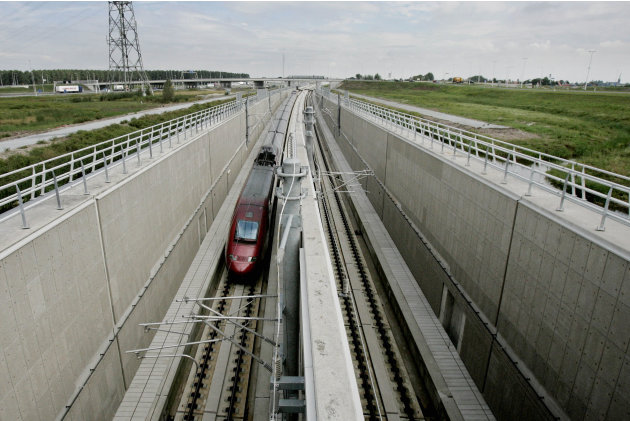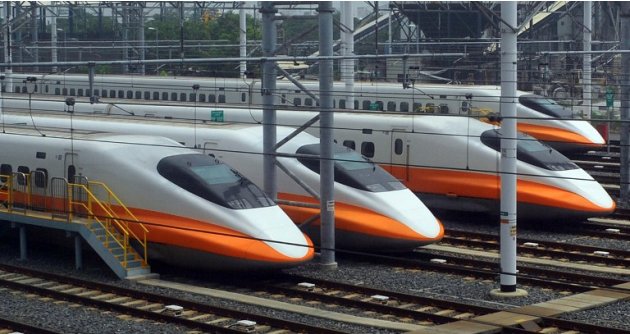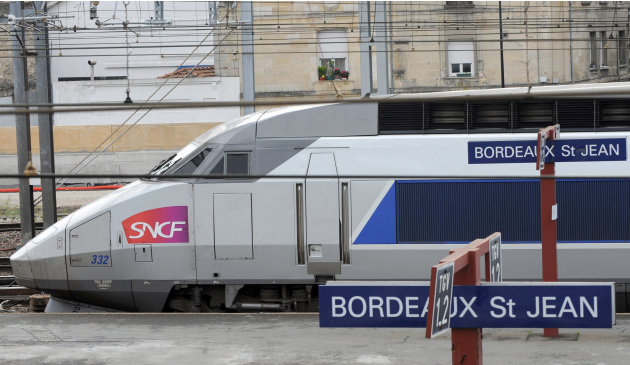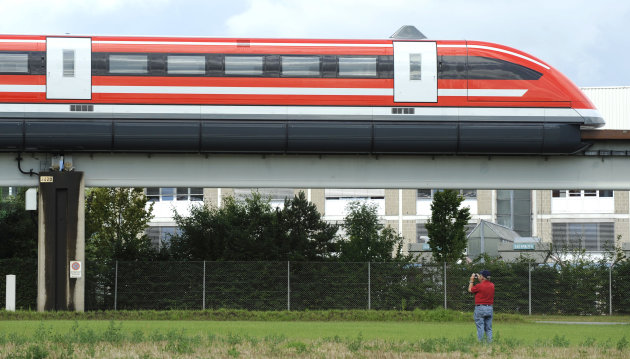The Indian Railways is known to the world as the largest railway network in the world. The grand Chhatrapati Shivaji terminus which happens to be the busiest station in India has been listed as a UNESCO World Heritage site. There are over 7000 railway stations in India and the Indian railway carries over 2.8 million people every day! Some railway stations really make your travel beautiful with their grandeur and scenic locations.
The Indian railway aims to maintain and upgrade railway stations with the latest technology every year. However, a few railway stations are so beautiful that they make your journey better even before it starts! The Dudhsagar railway stations lies just to the left of the glorious Dudhsagar falls and the Cuttack railway station has recently been renovated in the shape of the 14th century Barabati fort that lies in the Kalinga region. Have you seen these picturesque Indian railway stations?
The Indian railway aims to maintain and upgrade railway stations with the latest technology every year. However, a few railway stations are so beautiful that they make your journey better even before it starts! The Dudhsagar railway stations lies just to the left of the glorious Dudhsagar falls and the Cuttack railway station has recently been renovated in the shape of the 14th century Barabati fort that lies in the Kalinga region. Have you seen these picturesque Indian railway stations?

Ghum: India's highest railway station, and world's 14th highest, Ghum is a rather small railway station. Close to Darjeeling, it lies on one of the most beautiful railway tracks in the world.

Chhatrapari Shivaji Terminus: A UNESCO World Heritage site, the Chhatrapati Shivaji Terminus is architecturally one of the most remarkable railway stations in the world.

Vashi: The Vashi railway station boasts of a built-in commercial complex. Vashi railway station was built into and under the International Infotech Park, to ISO 9002 quality standards.

Dudhsagar: The Dudhsagar railway station lies just to the left of the majestic Dudh sagarfalls. This railway stations is a treat for the with a grey track running through the greenery.

Char Bagh: The Char Bagh railway station in Lucknow is among the most beautifully built stations in India. The ‘char bagh’ refers to the four gardens which existed here earlier. The railway station actually looks like a palace with the towers and clusters of circular Awadhi domes.

Cuttack: The Cuttack railway station is truly one of a kind. It was recently renovated in the shape of the historic Barabati fort, a 14th century fort built during the rule of the Eastern Ganga dynasty in the Kalinga region.

Kanpur Central: This is one of the four Central Railway Stations in India. The present station was built in 1928, though the imposing building was completed in 1930. The building's construction is inspired by Lucknow's magnificent Lucknow Charbagh railway station building which was built by the British in 1914 but could not be constructed similar to Charbagh because it would be enormously expensive.

Vijayawada: The Vijayawada railway station was constructed in 1888 when the Southern Maharatta Railway's main eastward route was connected with other lines going through Vijayawada. Vijayawada Junction has been given A-1 status in 2008 as the revenues crossed 100 crore ($17 mn in 2013 terms) in that financial year.

Howrah: Howrah railway station is the oldest station and largest railway complex in India. It is one of the four intercity railway stations serving the city of Kolkata, the others being Sealdah Station, Shalimar Station and Kolkata railway station.

Thiruvananthapuram Central: Trivandrum Central is the main railway station in the city of Thiruvananthapuram (formerly Trivandrum) in the Indian state of Kerala. The building of the railway station is one of the landmarks of Thiruvananthapuram. This station is also noted for a whole range of amenities available within the premises. The station has book-shops, restaurants, accommodation, Internet browsing centers and even an essential commodities shopping mall.

Dwarka: It may look like one of the temples in the holy city of Dwarka, but it is really a railway station!

Kanyakumari: The southernmost station in India, it marks the end of the Indian railways. The railway route from Dibrugarh to Kanyakumari is currently considered to be the longest railway route.

Barog: Named after an engineer Barog who was unable to complete building the Barog tunnel, this tunnel was constructed under Chief Engineer H.S. Harrington's supervison guided by a local sage from July 1900 to September 1903 at a cost 8.40 Lakh rupees (Rupees 840,000). This tunnel is the longest of the 103 operational tunnels on the route of the Shimla-Kalka Railway, which is 1143.61m long. Barog station is located immediately after the tunnel. Barog tunnel is the straightest tunnel in the world.

Velankanni: The pristine white structure designed loosely on the style of a Cathedral characterising the Velankanni Railway Station is only a couple of years old. The complex bordered by twin-towers on its northern and southern point and mediated by a central dome has been conceived as a pivotal aspect of the 10-km Velankanni rail line project at Rs.48 crore.
Source: http://ibnlive.in.com/news/from-the-highest-railway-station-ghum-to-the-southernmost-kanyakumari-14-of-indias-most-beautiful-railway-stations/498091-79.html

